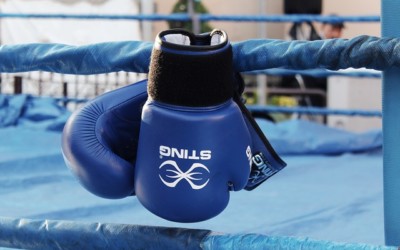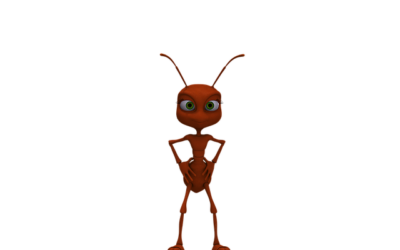Logos serve as visual representation and identifier of a company, conveying messages and creating brand identity. Some logos have hidden meanings and clever visuals, either intentionally or unintentionally.
Insights
Artificial intelligence and intellectual property – what you should know
as AI technology continues to evolve and gain widespread adoption, it raises important questions about intellectual property, ownership of AI-generated outputs like texts, images, and even inventions. Here are some things you should be aware of if you use AI in your business.
Gmail v Zmail
Zoom Inc. has filed for Zmail trademark in US and EU. The similarity to trademark Gmail raises questions on Google’s reaction. If Google opposes, the final decision rests on the USPTO & EUIPO and their assessment of the similarities between the two marks. Gmail’s reputation as a trademark also plays a key role in the outcome.
Can ChatGPT replace your trademark attorney?
ChatGPT is revolutionizing the industry. Developed by OpenAI, it can understand and respond to a wide range of prompts. But as its capabilities continue to grow, will it replace the need for professionals? We tested its abilities and explored its potential in the field of trademarks.
Small but mighty – use your size to build a powerful brand
Small companies have fewer resources to build a strong brand than their larger competitors, but they have one thing that large companies don’t have. Their small size.
Sports, the World Cup and trademarks
Sport is a big business built on brands. Here’s how organisers and athletes can protect their brands.
Act timely and decisively to end infringements of your mark
If you become aware of someone infringing your trademarks, you should act timely and decisively. Otherwise, you may lose your right to oppose the use of that mark.
EUIPO’s new practice tips for metaverse, NFTs and virtual goods
The EUIPO has issued new practice tips on how to classify NFTs and virtual goods and services in trademark applications.
Using personal names as trademarks – what you need to know
What do Bacardi, Deloitte, and Jacuzzi have in common? Apart from being famous and successful brands, they are also named after their founders.








